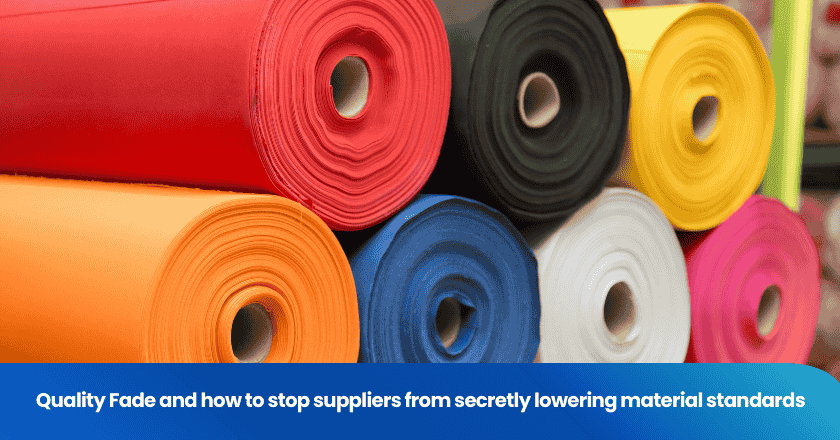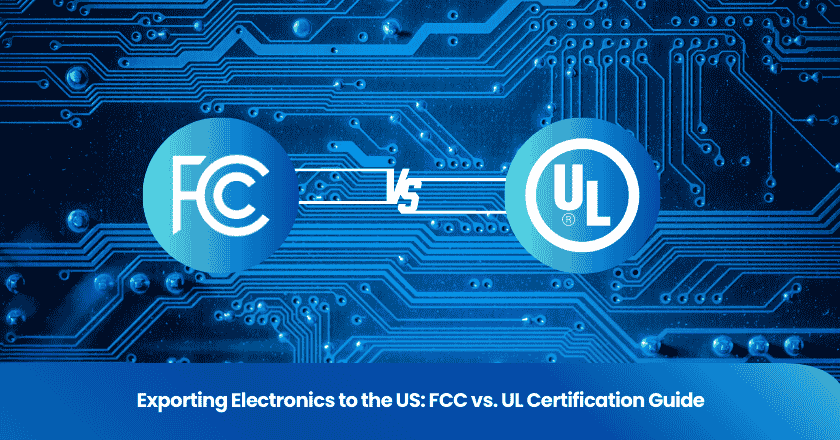
You want to avoid costly mistakes, build trust, and stay out of legal trouble. Quality assurance and regulatory compliance give you practical ways to do all three. Even small and medium-sized businesses gain big advantages. For example, when you follow best practices, you reduce risks, improve efficiency, and strengthen your reputation with customers and investors.
This approach helps you focus on your business instead of worrying about unnecessary legal issues.
Key Takeaways
- Catch errors early by combining quality assurance and regulatory compliance. This proactive approach helps identify issues before they escalate.
- Prevent defects by focusing on high-risk areas with quality assurance best practices. This can lead to significant reductions in product defects.
- Save money through early error detection and efficient processes. Companies can save millions annually by implementing strong quality assurance systems.
- Build trust with customers by prioritizing quality assurance. Consistent quality improvements enhance customer satisfaction and loyalty.
- Stay out of legal trouble by following regulatory compliance. This protects your business from fines and operational disruptions.
Quality Assurance and Regulatory Compliance: Avoid Mistakes
Catch Errors Early
You can catch errors before they become major problems by using quality assurance and regulatory compliance together. Quality assurance best practices focus on proactive planning and process improvement. Regulatory compliance ensures you meet external standards and rules. When you combine these approaches, you create a strong safety net for your business.
Internal audits play a key role in early error detection. You can identify issues such as incomplete documentation, poor change control procedures, and non-compliance with cGMP standards. These problems often lead to costly recalls or regulatory penalties if left unchecked.
Here are some common errors caught early through quality assurance and regulatory compliance:
- Inadequate training programs
- Delayed adverse event reporting
- Neglecting data integrity requirements
- Incomplete or inaccurate documentation
Prevent Defects
Quality assurance best practices help you prevent defects before products reach customers. You can use risk-based quality assurance to focus on areas with the highest potential for problems. Internal audits and quality management systems support this process by monitoring every step.
Manufacturers using quality assurance best practices, such as Six Sigma, report defect reductions of up to 50% in the first year. Companies with formal quality assurance programs have lower defect rates because they detect and prevent issues early. Without these programs, businesses often face higher defect rates and increased costs.
Save Money
You save money by catching errors and preventing defects early. Companies that implement early error detection through quality assurance report average cost savings of $2.3 million per year. Organizations with robust quality assurance systems save 20-30% in operational costs by reducing waste and improving efficiency.
Quality assurance and regulatory compliance work together to protect your business from financial losses and reputation damage. Internal audits and quality assurance best practices ensure you stay ahead of potential problems.
Build Trust with Quality Assurance
Reputation
You build a strong reputation when you prioritize quality assurance. Customers and partners notice your commitment to quality in every product and service. Consistent quality improvements lead to higher customer satisfaction and loyalty. You show the market that you care about excellence and reliability.
Companies that ignore quality assurance risk losing sales and damaging their reputation. Poor quality can break customer trust and even affect employee retention.
Reliability
Quality assurance systems help you deliver reliable products and services. You reduce the risk of recalls and service failures by inspecting and testing at critical points. You monitor raw materials and finished goods to ensure they meet specifications.
- Enhanced customer trust comes from dependable products.
- Cost savings result from fewer recalls and warranty claims.
- Regulatory compliance keeps you out of legal trouble.
- Competitive advantage grows as you maintain a strong reputation.
Robust quality assurance improves reliability metrics, such as mean time between failures. You collect data, validate processes, and address issues quickly. This approach reduces downtime and boosts productivity.
Customer Confidence
Customers feel confident when they see your commitment to quality. ISO 9001 certification provides external validation and builds stakeholder confidence. You listen to feedback and use it to improve your products and services.
- Quality assurance improvements increase customer satisfaction scores.
- Reliable products minimize breakdowns and faults, enhancing user experience.
- Consistent quality builds loyalty and encourages repeat business.
You create lasting relationships by delivering quality every time. Customers trust you to meet their needs and exceed expectations.
Regulatory Compliance: Stay Out of Legal Trouble
Avoid Fines
You protect your business from costly penalties by following regulatory compliance requirements. Regulatory agencies, such as the FDA, impose strict rules in industries like pharmaceuticals, healthcare, and manufacturing. When you ignore these standards, you risk facing monetary fines, warnings, and even forced shutdowns. Regulatory compliance helps you avoid these consequences and maintain smooth operations.
| Type of Penalty | Description |
|---|---|
| Tax Consequences | Penalties and audits for failing to comply with tax rules. |
| Halt of Business | Business operations may be ordered to stop, affecting cash flow and relationships. |
| Criminal Penalties | Rare but possible, enforced if non-compliance is part of a criminal act like tax fraud. |
Regulatory compliance violations can lead to significant fines. For example, the FDA has issued penalties to pharmaceutical companies for failing to meet good clinical practice standards. In recent years, global regulatory requirements have resulted in multi-million dollar fines for data privacy breaches and unlawful practices.
Reduce Legal Risks
You lower your legal risks by managing compliance effectively. Regulatory compliance programs help you identify potential issues before they escalate. You avoid lawsuits, class-action claims, and damage to your reputation. In an FDA regulated environment, audits and inspections ensure you meet all necessary standards.
- Regulatory fines
- Class-action lawsuits
- Brand image erosion
Pharmaceutical companies use overall quality management systems to maintain compliance. They keep detailed records, conduct regular audits, and train employees on current regulations. You can adopt similar strategies to reduce legal exposure and protect your business.
Prevent Disruptions
You prevent business interruptions by managing compliance proactively. Regulatory failures can disrupt operations, harm your reputation, and force you to make costly adjustments. Regulatory compliance programs prepare you for changes in laws and standards. You monitor compliance, address weaknesses, and take action before problems arise.
Industries with strict oversight, such as healthcare, financial institutions, and manufacturing, face severe consequences for non-compliance. Regulatory compliance ensures you stay ahead of audits and maintain trust with customers and partners. You build resilience and keep your business running smoothly.
Tip: Managing compliance is not just about avoiding penalties. It is about creating a culture of continuous improvement and protecting your business from unexpected disruptions.
You gain three powerful advantages when you prioritize quality assurance and regulatory compliance: you avoid costly mistakes, build trust, and stay out of legal trouble.
Take action today. Invest in quality assurance and compliance to secure your business’s future and create lasting value.
FAQ
What is the difference between quality assurance and regulatory compliance?
Quality assurance focuses on improving your internal processes and preventing errors. Regulatory compliance ensures you meet external laws and standards. Both work together to protect your business and build trust.
Why should small businesses care about regulatory compliance?
You avoid fines and legal trouble by following regulations. Compliance helps you maintain a good reputation and keeps your operations running smoothly. Even small businesses benefit from strong compliance programs.
How does quality assurance improve customer satisfaction?
You deliver consistent, reliable products when you use quality assurance. Customers trust your business and feel confident in your services. High-quality products lead to repeat business and positive reviews.
What happens if you ignore quality assurance and compliance?
You risk costly mistakes, legal penalties, and damage to your reputation. Ignoring these practices can lead to product recalls, lawsuits, and loss of customer trust.
How can you start improving quality assurance in your business?
Begin by setting clear standards and training your team. Use regular audits and feedback to identify areas for improvement. Focus on preventing errors before they reach your customers.
Grow your business with TradeAider Service
Click the button below to directly enter the TradeAider Service System. The simple steps from booking and payment to receiving reports are easy to operate.



